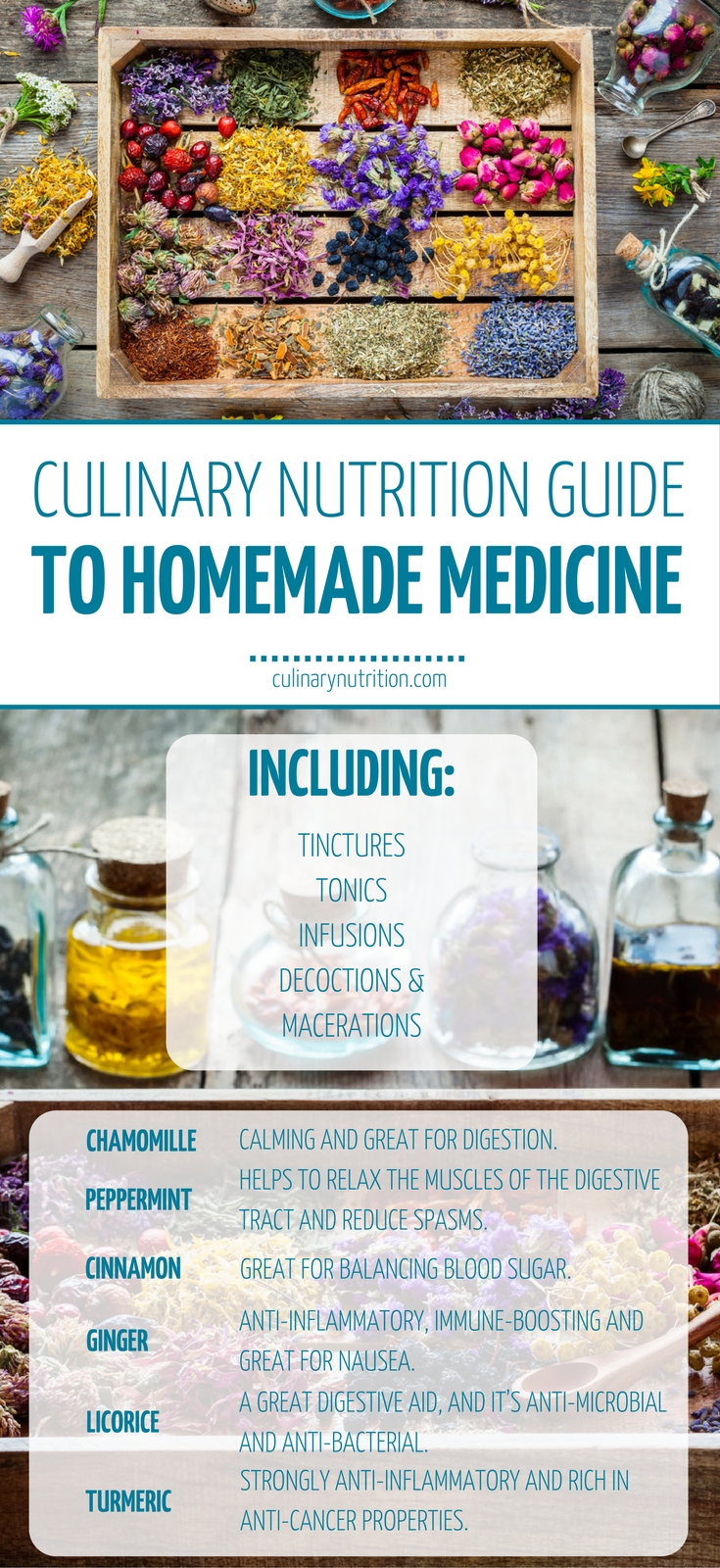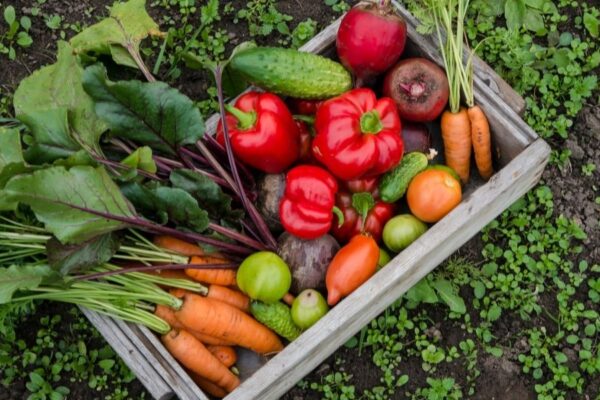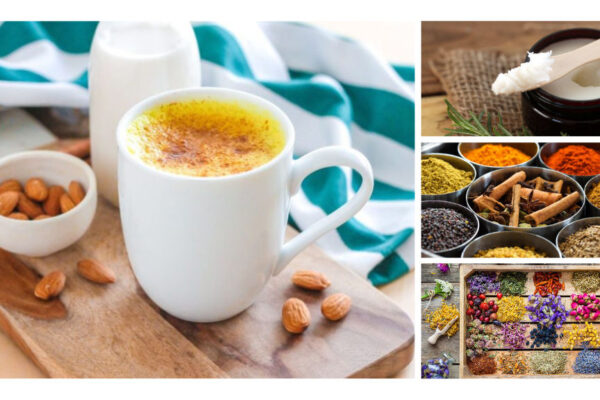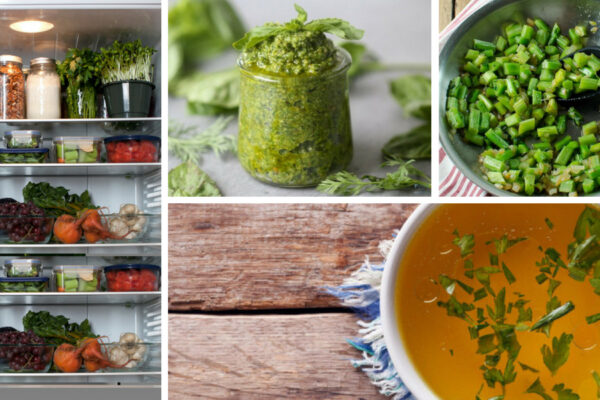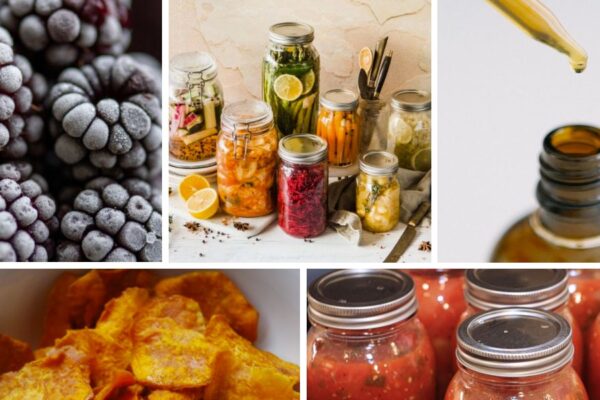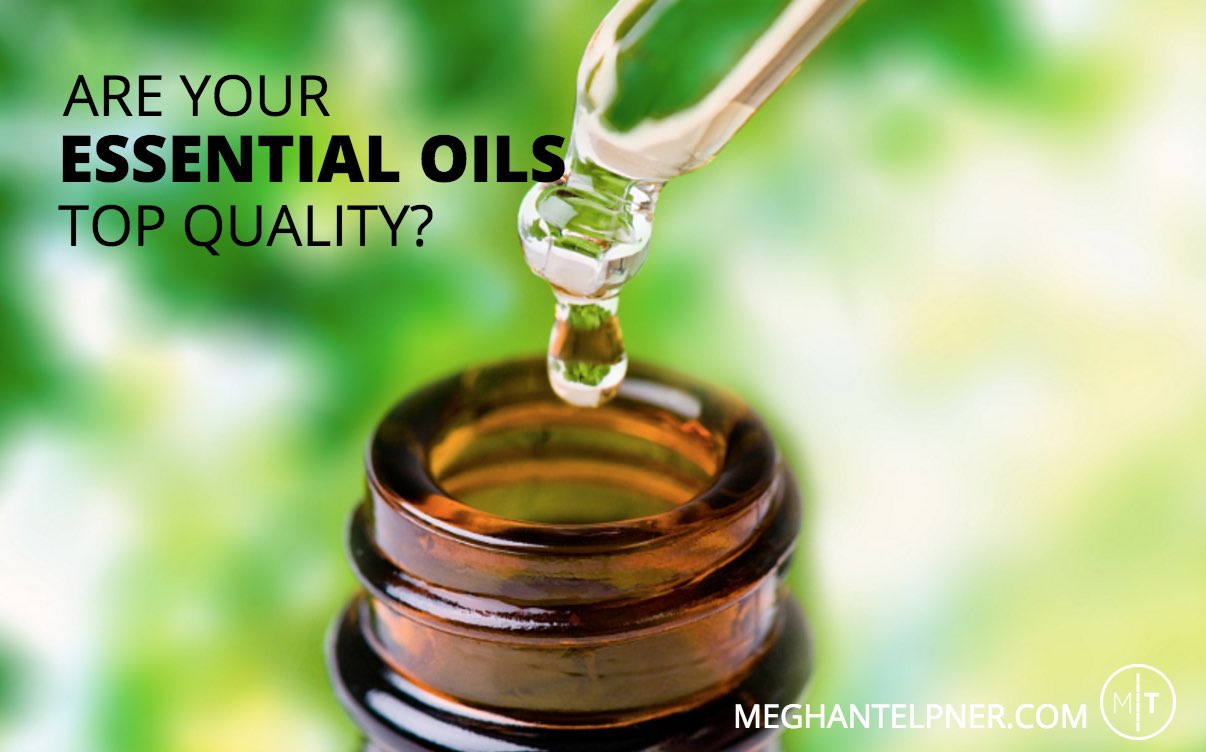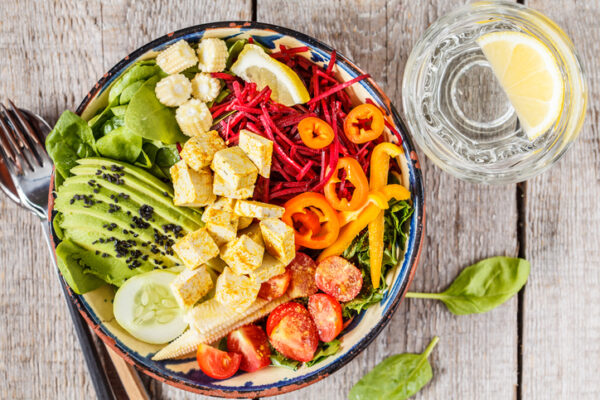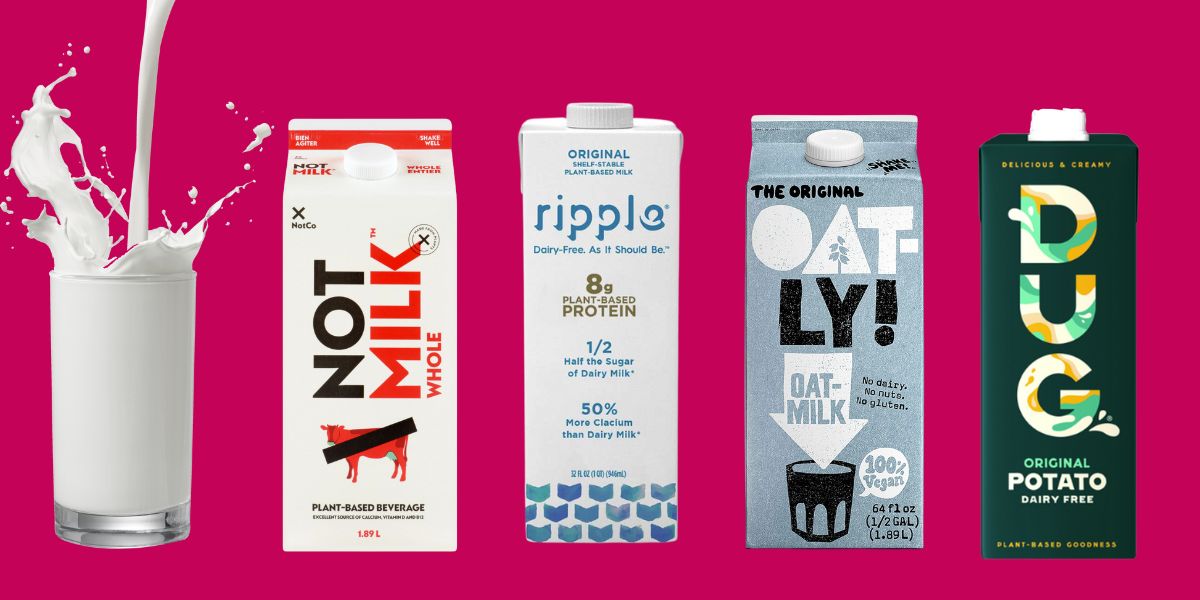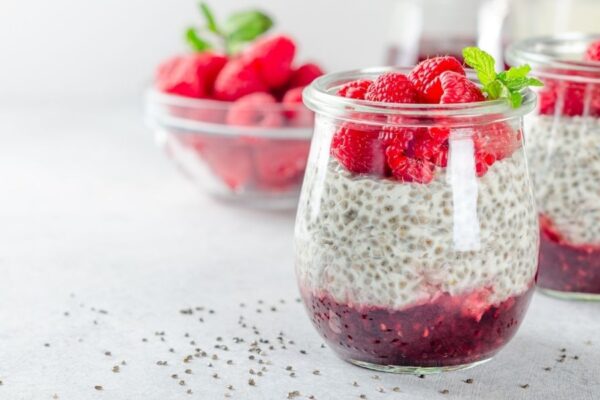How to Make Tinctures and Tonics, Guide To Homemade Medicine
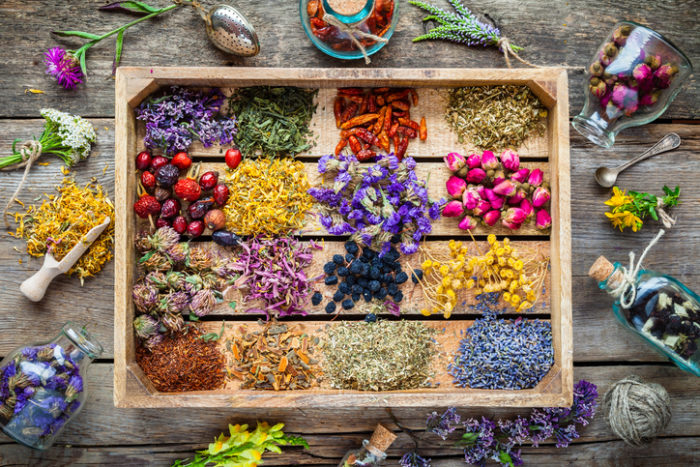
The world of plants is a powerful one. There are a wealth of components in plants that serve to protect them at various stages of development, as there are so many forces at play including weather, predators (including us) and soil quality. When we consume these plant constituents in various forms, we can also reap the benefits – but learning how to prepare these plants properly is crucial. This is where homemade tinctures and tonics come in.
Our students at the Academy of Culinary Nutrition love food and recipes, but as they begin to dive into culinary nutrition they also become inspired to create their own herbal medicine. Homemade tinctures and tonics are actually not as complicated as you might think and when you learn the common methods to formulate them, the possibilities become endless.
How to Make Your Own Tinctures and Tonics
There are several ways you can extract the benefits from herbs and other plants. These are:
- Infusion: An infusion is when you steep plants in water or oil to glean their beneficial properties. One of the most common infusions is tea, which most of us are accustomed to drinking.
- Decoction: This is boiling an herb or vegetable in water, so the water then contains the soluble constituents of the plant being boiled. This is a great method for hardier plants that won’t ‘give up the goods’ with gentler methods – a good example would be chaga or reishi mushrooms.
- Tincture: A solution of alcohol or alcohol and water, along with the plant that you’re using for medicinal benefits. Tinctures usually take longer to make, anywhere from a couple of weeks to a couple of months to fully saturate the liquid with the plant medicine (think of vanilla extract, for example).
- Maceration: Softening by soaking in a liquid. Maceration is generally used for very delicate plants and the liquid is usually cold or barely heated. Often, macerations use oil as the liquid.
Choosing Herbs + Vegetables
The type of herb you use will depend on what your herbal medicine is for – it may be to support the immune system, calm the nervous system, ease digestion or reduce inflammation. For a few recommended herbs for healing, you can check out our Guide to Culinary Adaptogens or our DIY Elixir Guide.
Free Resource Library
Enjoy more than 40 downloadable guides, recipes, and resources.
How To Make Infusions
A good general rule of thumb is 1 teaspoon of herb to 1 cup of water – of course, this may vary depending on your personal tastes, and how strong or weak you prefer your infusion to be.
Some great herbs for infusions are:
- Chamomile: Calming and great for digestion.
- Peppermint: Helps to relax the muscles of the digestive tract and reduce spasms.
- Cinnamon: Great for balancing blood sugar.
- Ginger: Anti-inflammatory, immune-boosting and great for nausea.
- Licorice: A great digestive aid, and it’s anti-microbial and anti-bacterial.
- Turmeric: Strongly anti-inflammatory and rich in anti-cancer properties.
Learn more about tea blends here. And don’t forget – you can also use tea infusions in cooking and baking!
How To Make Decoctions
Use about 1 teaspoon of herbs and one cup of cold water. Put your herbs and water into a pot, then bring to a boil. Lower the heat, cover and let it simmer from 20 to 45 minutes, depending on how hardy the plant is. Strain the liquid, then drink or use it in your culinary recipes.
How To Make Tinctures
Tinctures are surprisingly easy to make! We have a free class where we demonstrate how to make a tinctures – check it out here.
What you need:
- Herb of choice
- 40% vodka (in glass bottle)
- 1 glass jar
- Parchment paper
- Masking tape for labelling
- Cheesecloth or nut milk bag
How to Make Tinctures:
- Fill up glass jar with herb halfway.
- Add vodka so that level of the liquid is at least two inches above the herb. Note: If you are using dried herbs, you might have to add more vodka at a later time.
- Place parchment paper between the lid and jar. (This is done to prevent the rubber seal from dissolving.)
- Seal jar tightly.
- Label jar with date, percentage alcohol, herbs, and method used.
- Shake two times per day for one month.
- After a month squeeze out the menstrum (the resulting liquid) using cheesecloth or a nut milk bag.
How To Make Macerations
Many macerations are made using oils to gently extract the plant power. Put your herbs and oil into a small jar. You can let them infuse anywhere from an hour to a few weeks. For an example of how you can macerate for beauty care, check out this skin-soothing salve.
More Herbal Medicine Tips
- Use the fresh herbs. This will produce the most powerful tincture and tonics. If your herbs don’t have a scent, that’s not going to change once you make your herbal medicine.
- Cut the herbs into small pieces. This allows for a greater surface area so the plant compounds can infuse into the liquid.
- Label your jars. Label your herbal medicines with the date and what’s inside them. That way there will be no confusion! (You may think you’ll remember what everything is. You won’t. Trust us!)
- Start slowly. This is powerful plant medicine. These tinctures and tonics are meant to be taken in small amounts. With a tincture, you may only need a few drops.
Interesting in Learning More About Homemade Medicine?
Herbal medicine has a lot more function in everyday use than most of us realize. Start creating your own herbal remedies with our self-paced online course, Everyday Herbal.
Image: ChamilleWhite
Free Resource Library
Enjoy more than 40 downloadable guides, recipes, and resources.















